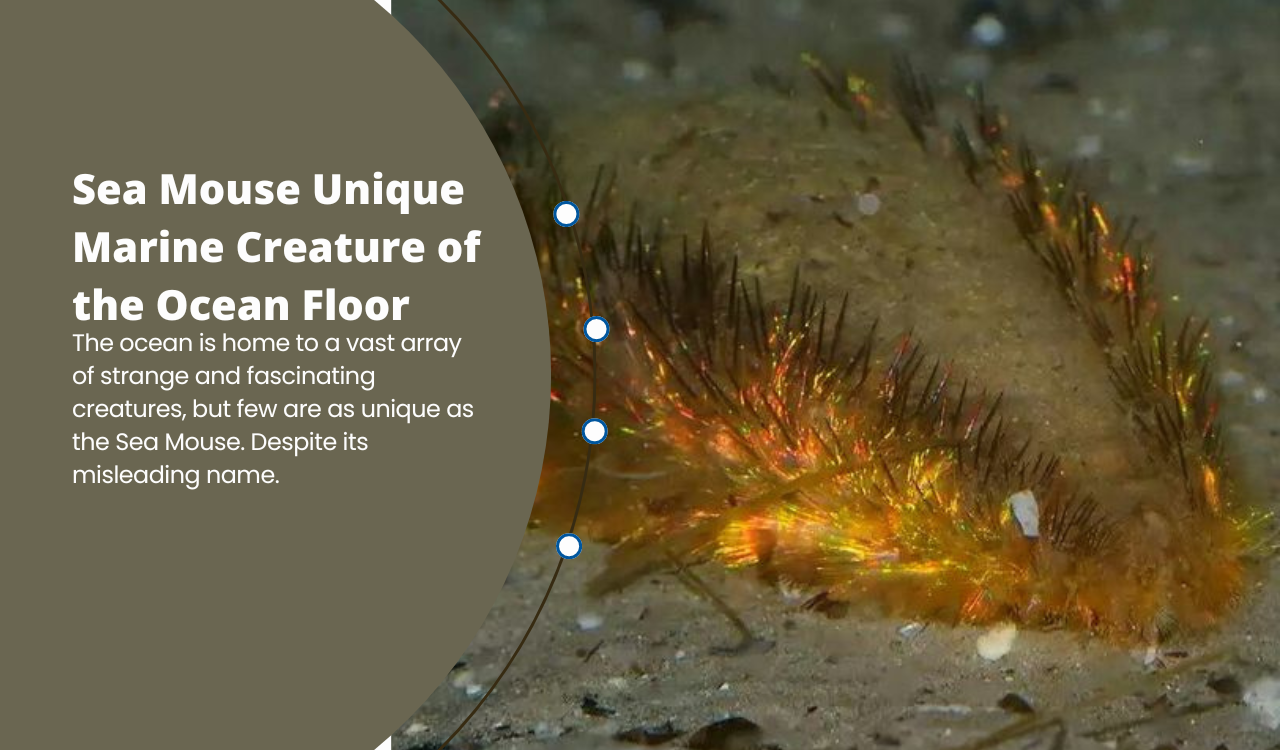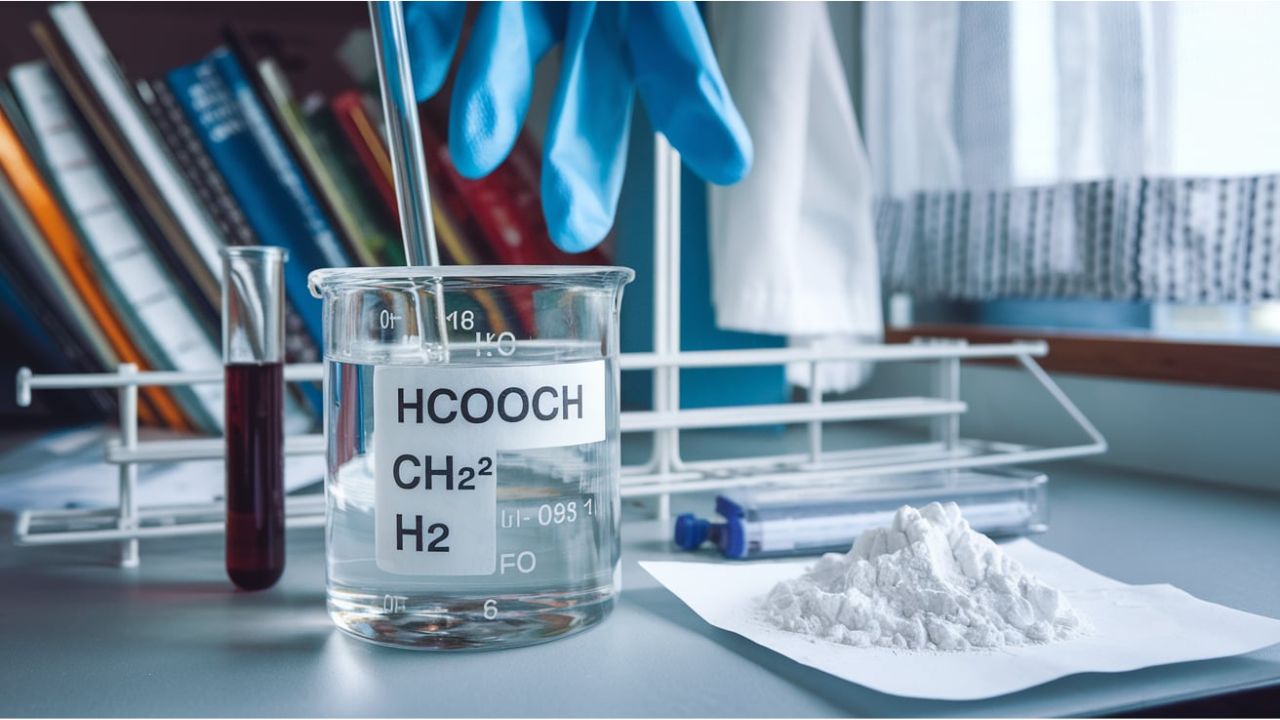The ocean is home to a vast array of strange and fascinating creatures, but few are as unique as the Sea Mouse. Despite its misleading name, the sea mouse isn’t a rodent but a marine worm that inhabits the ocean floor. Known for its striking appearance and unusual features, the sea mouse plays an important role in marine ecosystems and has fascinated scientists and nature enthusiasts alike.
In this article, we will explore the sea mouse’s characteristics, habitat, role in the ecosystem, and its surprising contributions to science. We’ll also answer some frequently asked questions about this intriguing ocean creature.
What is a Sea Mouse?
The sea mouse (Aphrodita aculeata) is a type of polychaete worm, belonging to the class Annelida. It gets its name from its furry, mouse-like appearance, although it is a segmented marine worm. Covered in iridescent bristles that reflect stunning colors when exposed to light, the sea mouse is both visually striking and scientifically intriguing.
Physical Characteristics of the Sea Mouse
Sea mice are most notable for their fuzzy, bristled appearance. Their physical traits include:
1. Iridescent Bristles
One of the sea mouse’s most distinctive features is its vibrant, iridescent bristles. These bristles, or setae, reflect light in various colors, often showing hues of green, blue, red, and gold. This dazzling display of colors is thought to serve multiple purposes, including camouflaging the creature on the ocean floor and warding off potential predators.
2. Soft, Flattened Body
The body of the sea mouse is soft, flat, and segmented, measuring between 10 to 20 centimeters (4 to 8 inches) in length, though larger individuals can reach up to 30 centimeters (12 inches). Its body is oval-shape, covered with both stiff bristles on its back and softer, hair-like structures on its underside, giving it a somewhat furry appearance.
3. Segmented Anatomy
Like other polychaetes, the sea mouse’s body is divided into numerous segments, each containing parapodia (small, leg-like structures) that help it crawl along the sea floor. The segments are also responsible for housing the worm’s internal organs.
Where Does the Sea Mouse Live?
Sea mice are commonly find in the North Atlantic Ocean and Mediterranean Sea, typically inhabiting muddy or sandy areas on the ocean floor. They prefer depths ranging from 20 to 200 meters, although they can be found in shallower or deeper waters depending on the region. These creatures burrow into the seabed, where they remain hidden from predators and forage for food.
What Do Sea Mice Eat?
Sea mice are carnivorous, feeding primarily on dead or decaying animal matter found on the ocean floor. Their diet typically includes small invertebrates like crustaceans and other worms. They consider scavengers and play an important role in breaking down organic material in their ecosystem.
The Role of the Sea Mouse in Marine Ecosystems
Sea mice serve as bottom-dwellers, contributing to the marine food web by breaking down organic material and recycling nutrients. As scavengers, they help maintain the balance of marine ecosystems by consuming dead organisms, preventing the buildup of decaying matter on the ocean floor. In turn, they are prey for larger marine animals like fish and crabs.
Why Are Sea Mice Iridescent?
The iridescence of the sea mouse’s bristles has intrigued scientists for years. Research has shown that the bristles contain hexagonal nanostructures that interact with light to produce brilliant, shifting colors. This optical phenomenon is similar to the iridescence seen in butterfly wings or peacock feathers.
Scientists believe that the iridescence serves two main purposes:
- Camouflage: The bright colors help the sea mouse blend into its surroundings, particularly on the ocean floor where light may scatter in various ways.
- Defense Mechanism: The iridescent display may serve as a warning to potential predators, signaling that the sea mouse is not an easy target.
The Sea Mouse in Scientific Research
The unique properties of the sea mouse’s bristles have attracted the attention of researchers studying biomaterials and optics. The iridescent nanostructures in the bristles could inspire the development of new materials with advanced light-reflecting properties, potentially leading to innovations in fields such as optics, telecommunications, and biotechnology.
How Does the Sea Mouse Move?
The sea mouse uses its parapodia—small, bristle-covered appendages along its body—to move across the ocean floor. These parapodia act like legs, helping the worm crawl or burrow into the seabed. The sea mouse can move surprisingly quickly for a worm, especially when it needs to escape from predators or search for food.
The Fascinating Reproductive Behavior of the Sea Mouse
Like many marine worms, sea mice reproduce by spawning, where males and females release sperm and eggs into the water. Fertilization occurs externally, and the fertilized eggs develop into larvae that eventually settle onto the ocean floor . Little is known about the specific breeding habits of the sea mouse due to its secretive nature and deep-sea habitat.
Threats to the Sea Mouse Population
While sea mice are not currently considered endangered, they, like many marine species, face threats from habitat destruction and pollution. Changes in the ocean floor due to trawling, dredging, and climate change could negatively impact their population. Preserving marine ecosystems is vital for maintaining the balance of life on the ocean floor, including species like the sea mouse.
Conclusion
The sea mouse may not be a household name. its fascinating characteristics and importance to marine ecosystems make it a truly remarkable creature. From its iridescent bristles to its role as a scavenger on the ocean floor. the sea mouse continues to captivate scientists and nature lovers alike.
FAQs
1. What is a sea mouse?
The sea mouse (Aphrodita aculeata) is a type of marine polychaete worm known for its iridescent bristles and soft, segmented body. It inhabits the ocean floor, mainly in the North Atlantic and Mediterranean.
2. Why are the sea mouses iridescent?
The sea mouse’s iridescent bristles contain nanostructures that reflect light in different colors. This iridescence likely serves as camouflage and a defense mechanism to deter predators.
3. What do sea mouses eat?
Sea mice are carnivorous scavengers, feeding on dead or decaying matter found on the ocean floor. including small invertebrates like crustaceans and worms.
4. Where can sea mice be found?
Sea mice are typically found on the ocean floor in the North Atlantic Ocean and the Mediterranean Sea. They prefer muddy or sandy areas at depths ranging from 20 to 200 meters.
5. Are sea mice dangerous to humans?
No, sea mice are not dangerous to humans. They are harmless marine worms that play an important role in marine ecosystems as scavengers.











